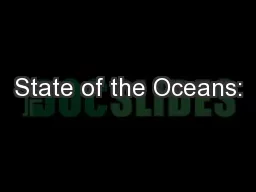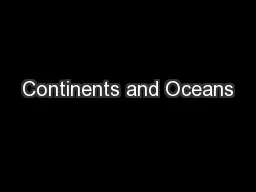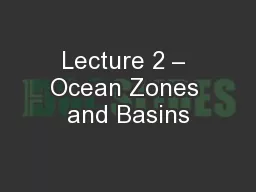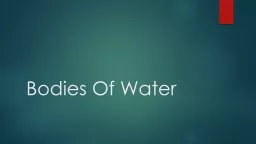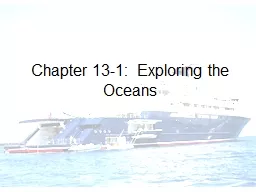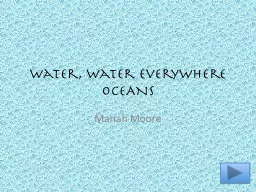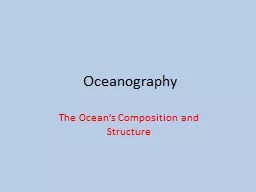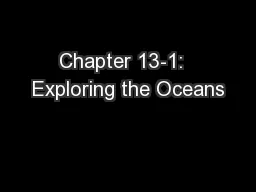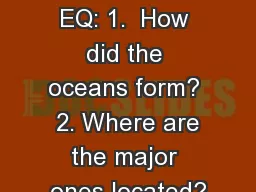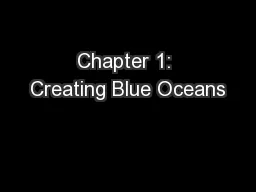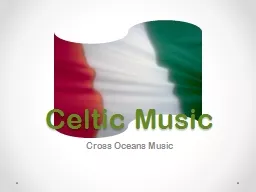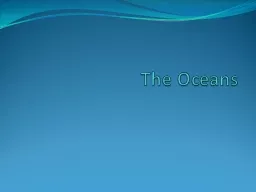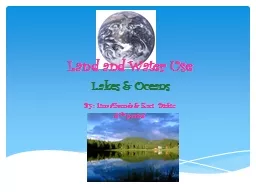PPT-State of the Oceans:
Author : ellena-manuel | Published Date : 2015-10-19
waves of change Leonard Sonnenschein President World Aquarium amp Conservation for the Oceans Foundation CoFounder World Ocean Network World Aquarium History
Presentation Embed Code
Download Presentation
Download Presentation The PPT/PDF document "State of the Oceans:" is the property of its rightful owner. Permission is granted to download and print the materials on this website for personal, non-commercial use only, and to display it on your personal computer provided you do not modify the materials and that you retain all copyright notices contained in the materials. By downloading content from our website, you accept the terms of this agreement.
State of the Oceans:: Transcript
Download Rules Of Document
"State of the Oceans:"The content belongs to its owner. You may download and print it for personal use, without modification, and keep all copyright notices. By downloading, you agree to these terms.
Related Documents

